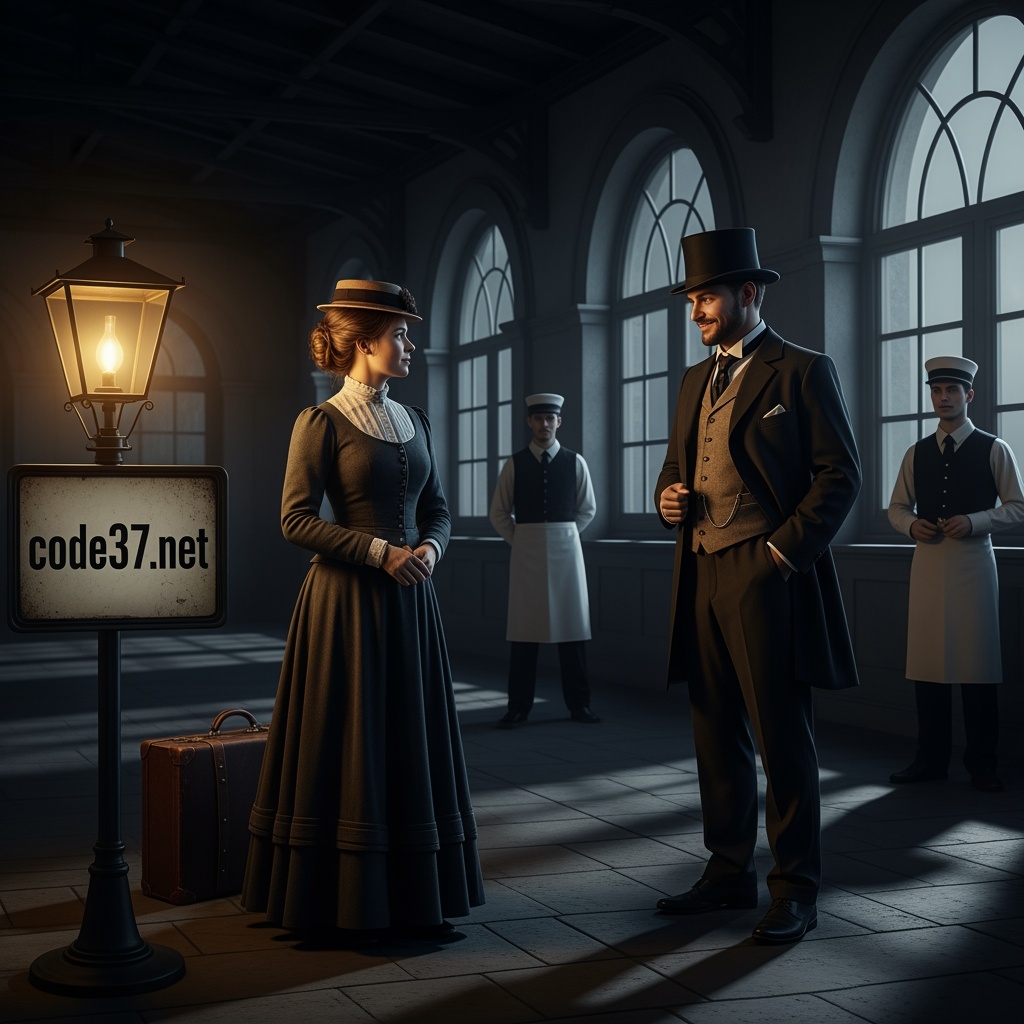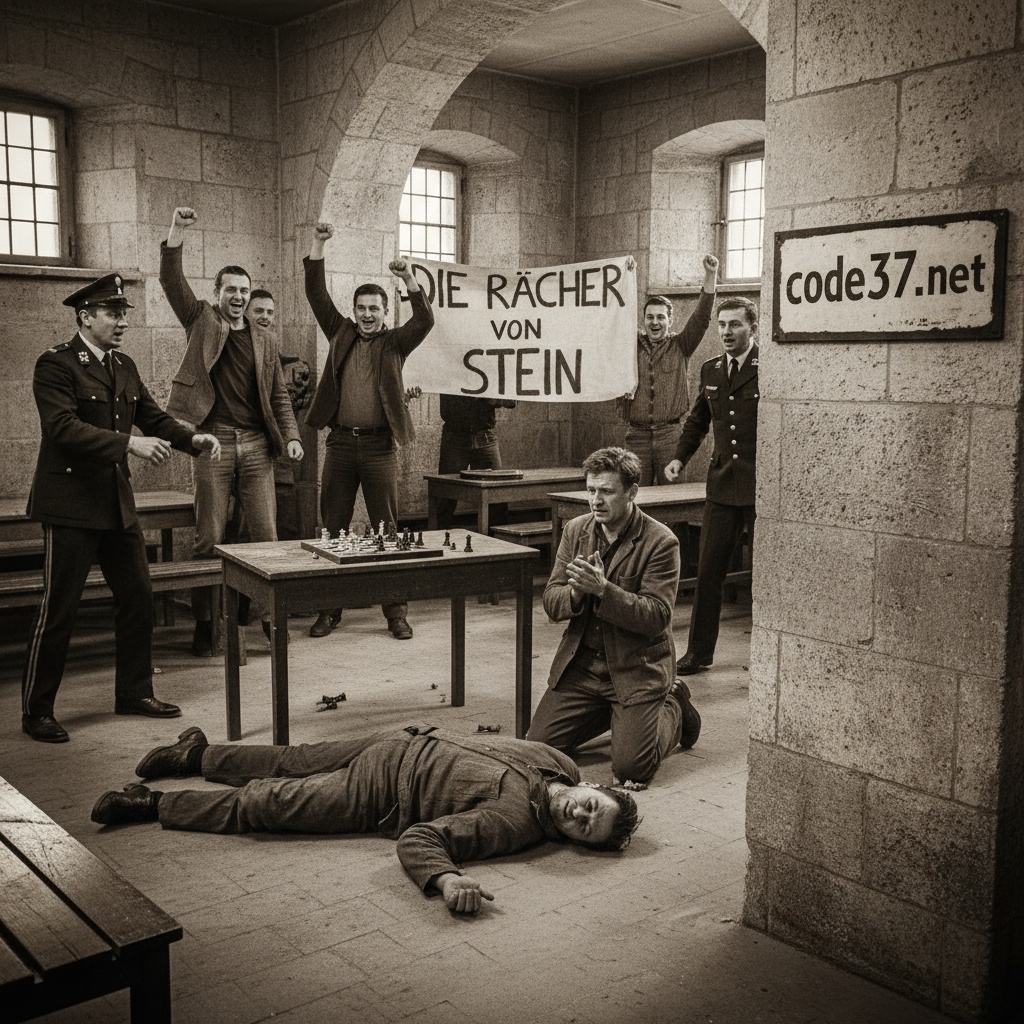
Two days before Christmas, on December 22, 1923, 12-year-old Grete Pilz was found by the police on Wilheminenberg in Vienna’s 16th district, Ottakring, completely terrified in the freezing cold. After examination by the medical examiner, who found bloodshot welts on her buttocks, it was clear that Grete had obviously been severely abused. The subsequent police interrogation brought to light something monstrous. Grete had been living for some time with Edith Cadivec, who also called herself Edith de Cadwéc or Baroness Cadwé, depending on her mood. Grete’s educator, teacher, and foster mother had been running a “private school for modern languages” in her attic apartment at Biberstraße 9 since 1916. Grete confessed that she was regularly punished in Edith’s salon when Edith had male visitors. Four days ago, she had been so badly abused that she could neither sit nor stand. Since Grete was privately tutored by Edith and did not attend school, no one noticed the abuse. Grete stated that Edith received 300,000 kroner from the gentlemen so that they could watch her being punished. Edith gave Grete impossible tasks so that she could then punish her. Grete was allowed to choose the instrument of punishment herself, then lay naked or wearing white patent leather panties across Edith’s knee as she sat in an armchair. Grete had to count the blows aloud. After the punishment, she had to remain kneeling naked in the room. She then had to kiss Edith’s hands, who comforted her and gave her sweets before lighting a cigarette and smoking it with relish. One of the men then knelt in front of Edith and pressed his face into her lap. He loved to lick her. The men watched the whole thing from an adjoining room. Besides Grete, there were three other children, including a boy, who were all punished by Edith. All the children came from the lower classes, which is why she did not fear discovery. Even Edith’s own daughter was the victim of her sadistic displays. After this shocking statement, Edith’s attic apartment was immediately searched. In addition to numerous instruments of punishment such as leather whips and straps, a Spanish cane, a birch rod, a horse’s tail, and sadomasochistic photographs, catalogs, and letters were found. Edith had a considerable arsenal of instruments of punishment at her disposal, which left nothing to be desired by her customers who craved to torment children. But the most important find was a small booklet containing the partially encrypted but also the real names of Edith’s customers and their daily earnings, which were considerable. Edith was arrested that same evening along with some of her regular customers. These were the foreign policy expert and Baron Leopold von Chlumecky, the wealthy carpet dealer Paul Kotanyi, who resided at the Grand Hotel Vienna and introduced himself to Edith as the “school inspector,” the university lecturer in ophthalmology Ernst Bachstez, and 27-year-old Walter Taussig, the only son of a filthy rich industrialist. The latter masturbated when a child was punished. All of these gentlemen came from the highest circles and took pleasure in watching children being cruelly tortured. Naturally, the crime against innocent children for the sexual gratification of upper-class gentlemen caused a huge scandal in post-war Vienna. The expression “cadivezzln” became common parlance. The spectacular sadist trial took place at the end of February 1924 at the Vienna Regional Court behind closed doors. The fine gentlemen had taken precautions and secured the support of well-known personalities who testified in their favor. Baron Leopold Chlumecky called the respected Prince of Babenhausen as a character witness, university lecturer Bachstez had psychiatrist Julius Wagner-Jahregg at his side, while the industrialist’s son presented five medical reports on his mental state, including a certificate from psychoanalyst Ludwig Jekels. Edith herself staunchly maintained her innocence. She had acted in “animo corrigendi,” with educational intent. However, she was unable to answer the question of why she needed a paying audience to do so. Edith was not a beauty, but she was intelligent. Edith was born on November 27, 1879, in Sankt Martin, the daughter of a railroad official. At the age of 11, she was sent to a boarding school in Graz run by school sisters, where corporal punishment was common practice. Edith was punished until she was 17. From 1894 to 1898, she attended the Ursuline teacher training college in Graz, which she successfully completed. In 1904, she worked as a teacher at the Lyceé de filles de Notre-Dame in Paris before becoming a governess in Viennese bourgeois households. In 1909, Edith met Count Franz Schlick, who liked to wear women’s clothing, through a newspaper advertisement. Their daughter Edith-Françoise was conceived when she sat astride Franz, who was strapped to a punishment bench, in the forester’s lodge on the Bohemian estate of the count, until he ejaculated inside her. After the outbreak of World War I in 1915, Edith traveled to the Danube metropolis of Vienna, where she pretended to be a widowed countess. A year later, she opened her language school until she was arrested. The trial lasted three days until, on March 1, a jury sentenced Edith to six years in prison, aggravated by a day of fasting every quarter, for the crimes of defilement and seduction to fornication in a relationship of dependency. When Edith heard the verdict, she cried out, “I am innocent!” Of the men, only the carpet dealer Kotanyi and the industrialist’s son Taussig received suspended prison sentences; the others were acquitted. But after two years, Edith was released from St. Pölten prison in December 1925 thanks to an amnesty granted by Federal President Hainisch. Only a mischievous person would think ill of this. Incidentally, according to her statement, her foster child Grete was sent to the Luisenheim for children at risk. Edith herself caused another scandal with the publication of her book “Mein Schicksal – Bekenntnisse von Edith Cadwé” (My Destiny – Confessions of Edith Cadwé), as it was considered the bible for sadists and masochists due to its detailed descriptions of sexual practices. In 1932, the sequel “Eros – Sinn meines Lebens” (Eros – Meaning of My Life) was published, in which Edith described the years after her release from prison. Edith herself changed her name to Edith Christally in 1927, who was partially incapacitated in 1940. Edith was destitute and old, and the district court granted her poor relief. From 1951 to 1952, she was in the psychiatric hospital “Am Steinhof.” A year later, at the age of 73, she demanded compensation for her imprisonment, but without success. After that, all traces of Edith were lost, and her fate remained uncertain.




